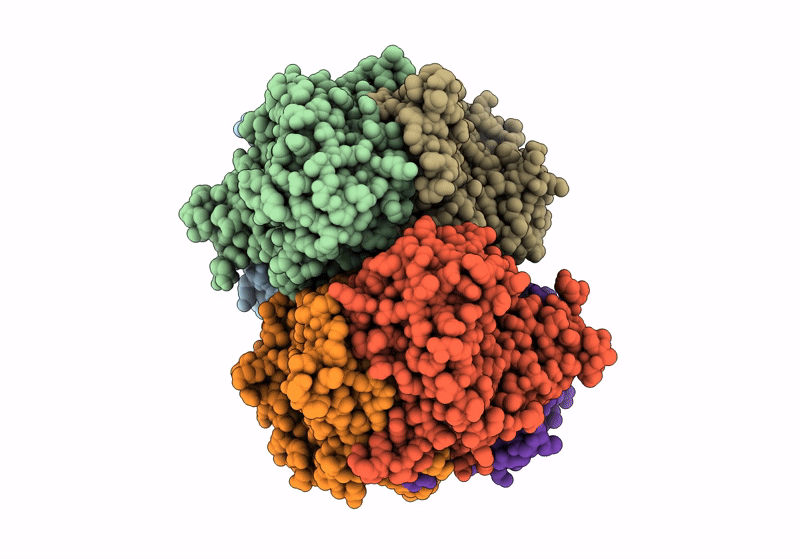
Deposition Date
2023-06-06
Release Date
2024-04-10
Last Version Date
2024-04-10
Entry Detail
PDB ID:
8P9U
Keywords:
Title:
Crystal Structure of Two-Domain Laccase mutant M199A/D268N from Streptomyces griseoflavus
Biological Source:
Source Organism:
Streptomyces griseoflavus (Taxon ID: 35619)
Host Organism:
Method Details:
Experimental Method:
Resolution:
2.00 Å
R-Value Free:
0.24
R-Value Work:
0.20
R-Value Observed:
0.20
Space Group:
P 1 21 1


